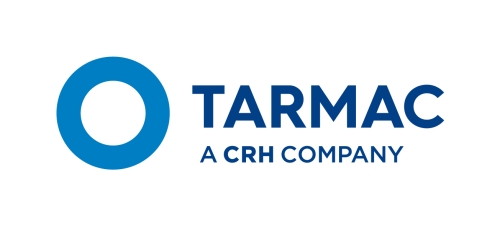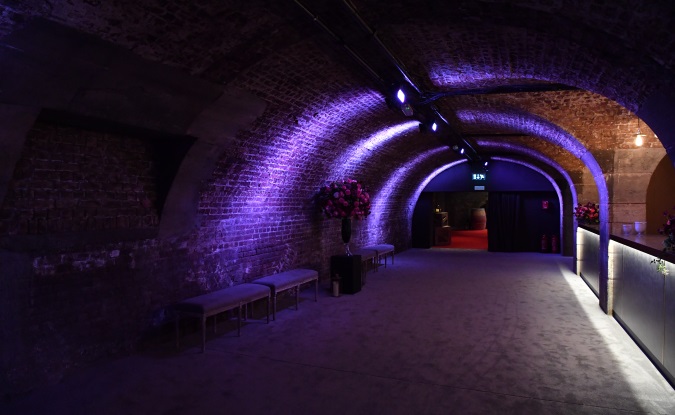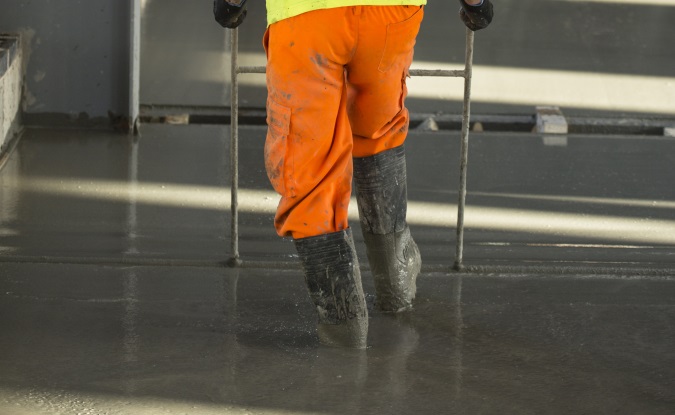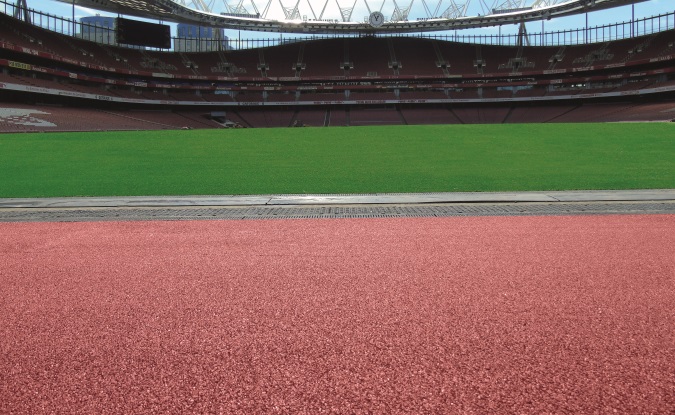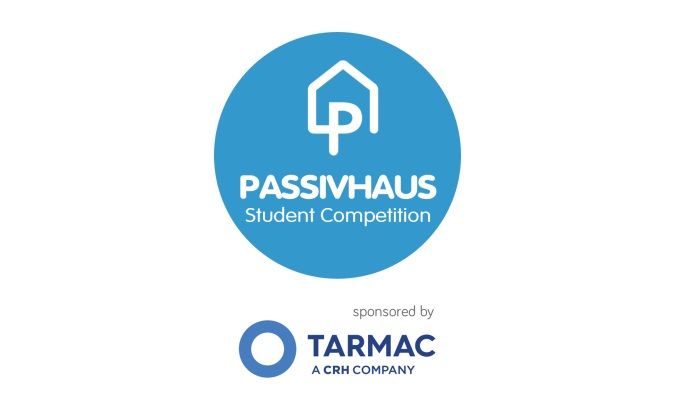Sustainable Construction
COMMITMENT: ENABLE CUSTOMERS TO USE INNOVATIVE SOLUTIONS TO CREATE A SUSTAINABLE BUILT ENVIRONMENT
We support our customers to help them meet the challenge of creating a more sustainable built environment. We do this by encouraging early supplier engagement in projects so that we can help customers and clients develop and select the best products, services and solutions for their project. Our development of new solutions and provision of sustainable construction information allows them to create more efficient buildings and infrastructure, and by doing this we also help to deliver our own targets on sustainability across our value chain.
2020 MILESTONE: Provide industry leading guidance and solutions that optimise whole life performance
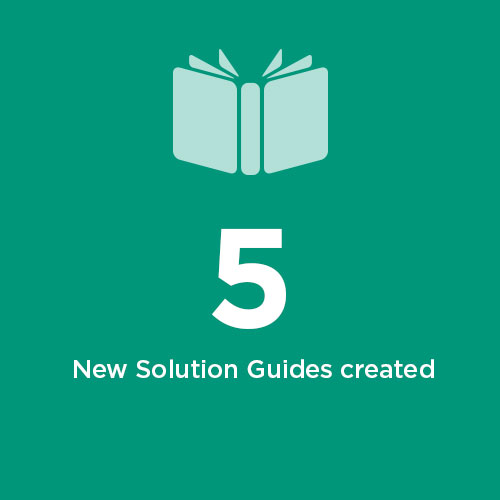
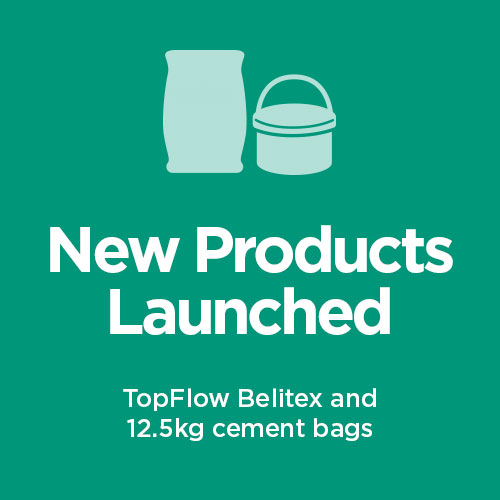
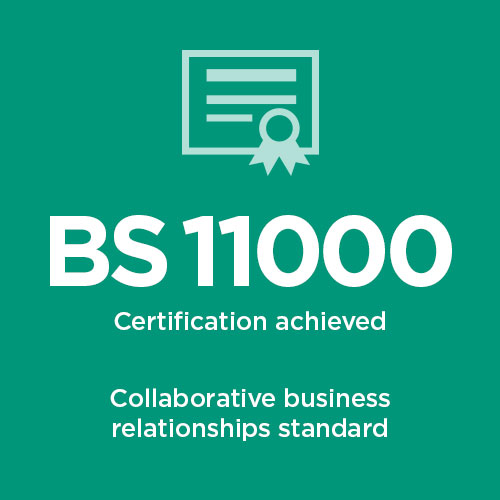
Our approach to solutions
To help customers create a more sustainable built environment we focus our approach across four areas: In built, In construction, In use and In support.
In built
Continuously improving the sustainability performance of our business and of our products is a key element of sustainable construction. This is done by ensuring our raw materials are responsibly sourced, protecting the environment and enhancing biodiversity through excellent site stewardship, reducing carbon, water and waste, increasing recycled contents and improving transport efficiency.
Learn more in our Planet section.
In construction
The way in which our solutions perform can make a significant contribution to improving the sustainability of the construction process, whether it’s being safer, faster more flexible or reducing waste. We continue to research and deliver new innovative products to assist our customer’s projects.
Read our case study : TopFlow Screed C Belitex
In use
How our products perform once they have been installed is a crucial part of their life cycle, and can have a profound impact on the sustainability of an asset. For example, our solutions can improve sustainability during the in-use phase of an asset by enhancing durability, reducing maintenance, and delivering energy and carbon savings. Designing them so that they can be efficiently re-used at the end of their current life can also contribute towards a circular economy.
Read our case study: Ulticolour fit for Emirates
In support
The information, services and tools we provide are of significant benefit to customers when it comes to designing and building more sustainably, especially when engaged early in advance of a project commencing.
Read case study: Tarmac Solution Guides
Collaboration with customers
We are committed to delivering value to our customers through application of the four areas above. Early engagement and collaboration is key to creating opportunities to develop sustainable solutions to achieve this value. Our Contracting business has achieved the BS 11000 standard for collaborative business relationships – granted by the British Standards Institution (BSI) – for its working partnership with its supply chain and clients.
Building Information Modelling (BIM)
We now have more than 60 BIM objects available for a range of products across our asphalt, building product and readymix offering. These can be used to improve sustainability at the design and construction stage, during use and at end of life. We have also supported the wider construction manufacturing sector to define data requirements for standardised product data templates. Learn more about BIM.
In 2016 we introduced further BIM tools to support customer modelling and asset management.
By utilising these digital tools our Contracting business is improving the speed and precision of highway construction and maintenance. It is also offering clients the opportunity to gather data on their assets while this work is taking place, providing full digital records detailing how and where materials have been laid. This system is one of a range of Asset Information Management Solutions designed to help our clients to manage their highways throughout the entire asset lifecycle – from design all the way through to construction and ongoing maintenance. All this combined with our ePOD and automated construction solutions helps to strengthen our BIM support for our customers. Visit tarmacassetmanagement.co.uk
Solution Guides
Solution Guides are Tarmac’s way of demonstrating sustainable construction and form a key part of our strategy to become our customers’ preferred choice for sustainable construction solutions. We launched 5 more Solution Guides in 2016, designed to support our customers and clients to understand their options and to choose the best construction solutions for their project. The 2016 Solution Guides cover ‘Concrete Frame Construction with Special Concretes’, ‘Steel Frame Construction with Special Concretes’, ‘Quick Drying Flowing Cementitious Screeds’, ‘TBlocks’ and ‘Low Carbon Infrastructure Solutions.’ View all Solution Guides.
Reducing CO2 in construction
Whole-life thinking in product development and its application to projects is key. For example, while we need to consider the carbon used in the manufacture of a material, just as important – arguably more so – is the embodied carbon used over the lifetime of a structure.
Tarmac is committed to supporting and raising the skills and awareness of low carbon construction in the next generation of architects and engineers. The Passivhaus Trust launched a nationwide pilot Passivhaus student competition, its key objective is to give architecture & planning students a creative vehicle to learn about transforming an existing area in need of regeneration, and its buildings, into a low-energy sustainable place using the Passivhaus standard and principles.In 2016 Tarmac continued its support of this with the launch of the second competition at the UK Passivhaus Conference.
Concrete in Construction – Supporting renewable electricity generations
We’ve been supporting the construction of the UK’s first wind turbine factory with Topflow. The multi-million pound facility, which is being built in East Yorkshire will create up to 1,000 jobs and support production and installation of offshore wind turbines to generate renewable energy.
Conventional compacted concrete can have limitations with placement, often requiring considerable manpower, machinery and time. An important aspect of all projects is that they must be completed on time and on-budget.
Tarmac offers Topflow self compacting concrete as a solution to this challenge. It can be poured quickly, flowing and spreading to provide an exceptional, highly aesthetic finish with minimum manpower and maximum speed. Topflow also reduces noise and eliminates the need for vibration, considerably improving conditions on site.
Highly fluid, Topflow is the ultimate self-compacting concrete. It can be poured quickly, flowing and spreading effortlessly to provide an exceptional, highly aesthetic finish that reduces the need for further finishes minimising the use of additional resources. And it’s not just time and money that can be saved; Topflow also reduces energy demand on site by eliminating the need for vibrating pokers and power floating which also impacts noise and safety concerns such as hand arm vibration. These benefits, considerably improve conditions on site both for the personnel and the surrounding community.
New Solutions
We have continued to provide new solutions to help our customers and in 2016 we launched TopFlow Screed C Belitex. This new innovation is a cement based, free flowing screed that can be laid quickly, trafficked after just 24-48 hours and dry within 14-21 days. Topflow Screed C Belitex is a solution that provides users flexibility in installation and overall build programme.
